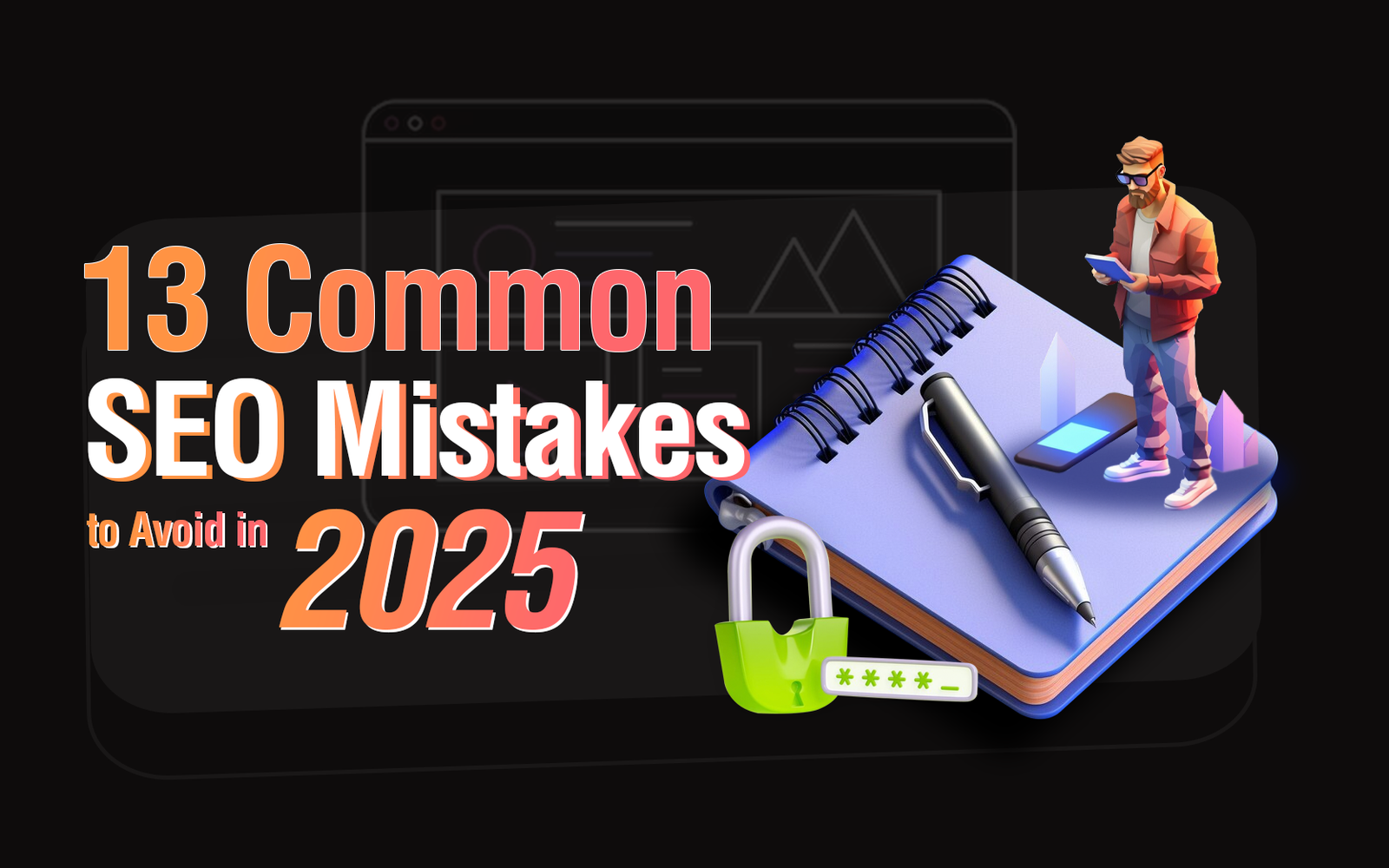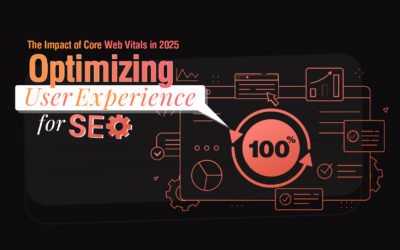Hey there! Want to make your website more visible on Google this year? Let’s talk about some common SEO mistakes that might be holding you back. Don’t worry – fixing these is easier than you might think!
1. Forgetting About Mobile Users
Remember when everyone used desktop computers? Those days are gone! Now, 63% of Google searches happen on phones. But here’s the problem – many websites still look terrible on mobile devices.
What happens when your site isn’t mobile-friendly? People get frustrated and leave. Google notices this and thinks, “Hmm, maybe we shouldn’t show this site to more people.” Not good!
Quick Fix: Pull up your website on your phone. Can you read everything easily? Are buttons easy to tap? If not, a mobile redesign is in need.
2. Slow-Loading Pages
We all hate waiting for slow websites, right? Google knows this too. Studies show that when a page takes more than 3 seconds to load, 53% of visitors give up and leave.
Think of your website like a store. If customers had to wait outside for minutes before entering, they’d probably go somewhere else. Same thing happens online!
How to Speed Things Up:
- Shrink your images before uploading them
- Remove plugins you don’t use
- Choose a good hosting company
- Use caching techniques to make your website quicker.
3. Missing or Bad Meta Descriptions
Meta descriptions are like little ads for your web pages. You know those snippets of text you see under links in Google? That’s what we’re talking about!
Many people either forget to write these or make them super boring. It’s like having a fantastic restaurant but putting a “Food Served Here” sign outside. Not very exciting, right?
4. Ignoring Local SEO
Got a business in a specific area? Local SEO is your best friend! A staggering 97% of individuals seek online for local companies. But many websites miss out because they don’t mention their location enough.
Think about it – if someone searches for “best pizza in Dhaka,” how will Google know you’re in Dhaka unless you tell them?
5. Poor Quality Content
Here’s a funny thing – some people try to trick Google by stuffing their content with keywords. It’s like trying to win a cooking contest by dumping every spice in the kitchen into one dish. Spoiler alert: it doesn’t work!
What works instead? Writing helpful content that actual humans want to read. If your visitors learn something useful or solve a problem, they’ll stick around longer and maybe even share your content.
6. Not Using Headers Properly
Headers (H1, H2, H3) are like signs in a grocery store. They assist people in locating what they are seeking for. for. But some websites use them randomly, like putting the “Dairy” sign in the candy aisle!
Good header structure helps both readers and Google understand your content better. Consider providing a clear map for your visitors.
7. Forgetting About Internal Links
Internal links are like friendly tour guides showing visitors around your website. When you don’t use them, people might miss your best content.
Did you know that good internal linking can help visitors stay on your site 40% longer? That’s a lot of extra time for them to get to know your business!
8. Neglecting Image Alt Text
Alt text helps Google understand what your images show. Without it, you’re missing a chance to rank in image searches. Plus, it helps people who use screen readers to understand your content.
Think of alt text as describing a picture to someone over the phone – what would they need to know to understand it?
9. Not Tracking Your Results
Many people set up their SEO and forget about it. That’s like planting a garden and never checking if anything grew! Google Analytics is free, and it shows you exactly how people find and use your website.
The numbers don’t lie – websites that regularly check their analytics and make improvements see 23% more traffic on average.
10. Copying Competitor Content
Sure, it’s tempting to just copy what successful competitors are doing. But Google loves original content! Plus, your visitors can tell when you’re not being authentic.
Instead of copying, learn from your competitors and create something even better. Your unique perspective is valuable!
11. Relying Solely on AI for Content Creation
With AI tools becoming more accessible, it’s tempting to let them handle all your content needs. But here’s the catch: AI lacks the human nuance that makes content truly engaging and relatable. Google and your audience can tell when content feels robotic or generic. When you rely too heavily on AI without human input, your brand’s authenticity can suffer, and you may lose out on valuable organic engagement.
Solution: Use AI as a starting point but refine and personalize the content to match your brand voice and audience. Adding real examples, personal insights, and unique opinions will set your content apart.
12. Overlooking Core Web Vitals
As Google puts more emphasis on user experience, Core Web Vitals (page load performance, interactivity, and visual stability) have become critical ranking factors. Websites that ignore these may find their search rankings slipping, even if they’re well-optimized otherwise. If users encounter layout shifts, slow responses, or unresponsive buttons, they’re likely to leave — and Google takes note.
Quick Check: Use Google’s PageSpeed Insights or Search Console to monitor and improve your Core Web Vitals. Simple fixes like optimizing fonts, images, and scripts can make a big difference.
13. Not Optimizing for Voice Search
With smart speakers and voice assistants becoming more common, optimizing for voice search is no longer optional. Voice searches often have a conversational tone, with phrases like “What’s the best way to…” or “How can I…?” If your website isn’t optimized for these natural language queries, you’re missing out on a growing segment of search traffic.
Voice Search Optimization Tips: Focus on long-tail keywords and write content that directly answers common questions in a conversational tone. Adding a FAQ section can help, as it aligns with how people phrase voice search queries.
Making These Changes Work for You
Remember, fixing SEO mistakes is a journey, not a race. Start with the biggest problems first:
- Make your site mobile-friendly
- Speed up those loading times
- Write helpful content people actually want to read
- If your business is local, include your address.
- Use proper headers and internal links
The best part? You do not need to solve everything at once. Little changes can have a significant impact. Research shows that fixing just the top three SEO issues can improve your rankings by up to 25%!
Keep Learning and Growing
SEO changes all the time, but these basics stay pretty much the same. Focus on making your website useful and simple to use. When you do that, both Google and your visitors will thank you!
Want to check if your website has any of these problems? Try running it through Google’s free Page Speed Insights tool, or just browse your site like a first-time visitor would. You may be surprised with what you find!
Remember: Good SEO isn’t about tricking search engines – it’s about making your website better for real people. Keep that in mind, and you’re already ahead of most of your competition!







